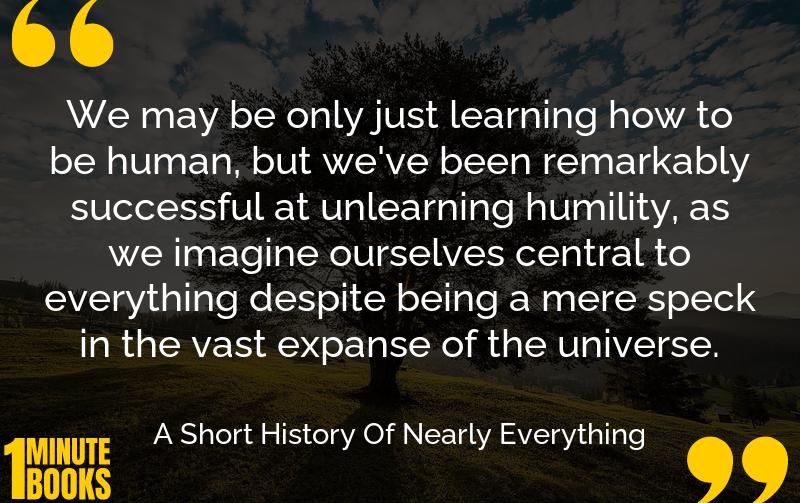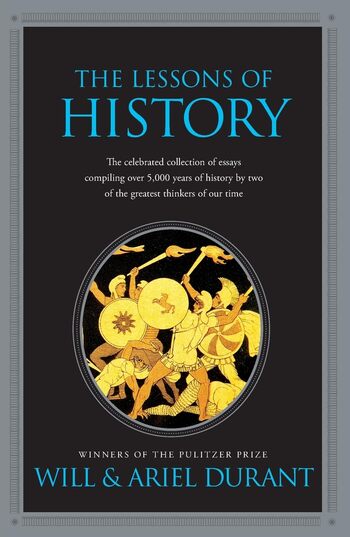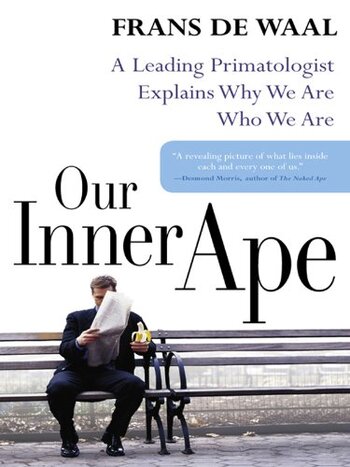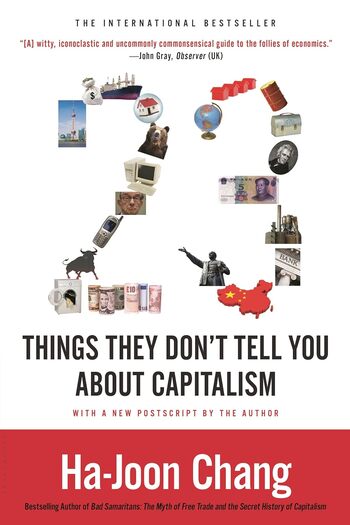
Bill Bryson explores the wonders of science, evolution, and the universe in a way that’s accessible and engaging, highlighting the intricate balance and chance that led to life as we know it on Earth.
Main Lessons
- The universe was created from a tiny space via the Big Bang and continues to expand.
- Life’s existence is a miraculous result of numerous lucky encounters across time.
- Scientists unraveling the past often reveal how fragile our existence truly is.
- Darwin’s theory of natural selection describes the survival and evolution of species.
- Einstein and Planck revolutionized physics with relativity and quantum theories.
- Human life depends heavily on Earth’s delicate environmental balance.
- Despite vast exploration, the depths of Earth’s oceans and jungles remain largely unknown.
- The history of scientific discovery is filled with vibrant and passionate figures.
- Pollution and environmental degradation could drastically alter Earth’s future.
- Humanity’s evolutionary path is still a bit of a mystery due to scarce early evidence.
- Life’s fragility is emphasized by frequent mass extinctions, demanding stewardship.
- Science offers a lens into our past that can inspire awe and a sense of responsibility.
- Despite technological progress, much about Earth’s dynamics is still unknown.
- The universe’s enormity shows that light from stars is actually a view into the past.
- Scientific advances continually remind us that what we know is but a fraction of reality.








